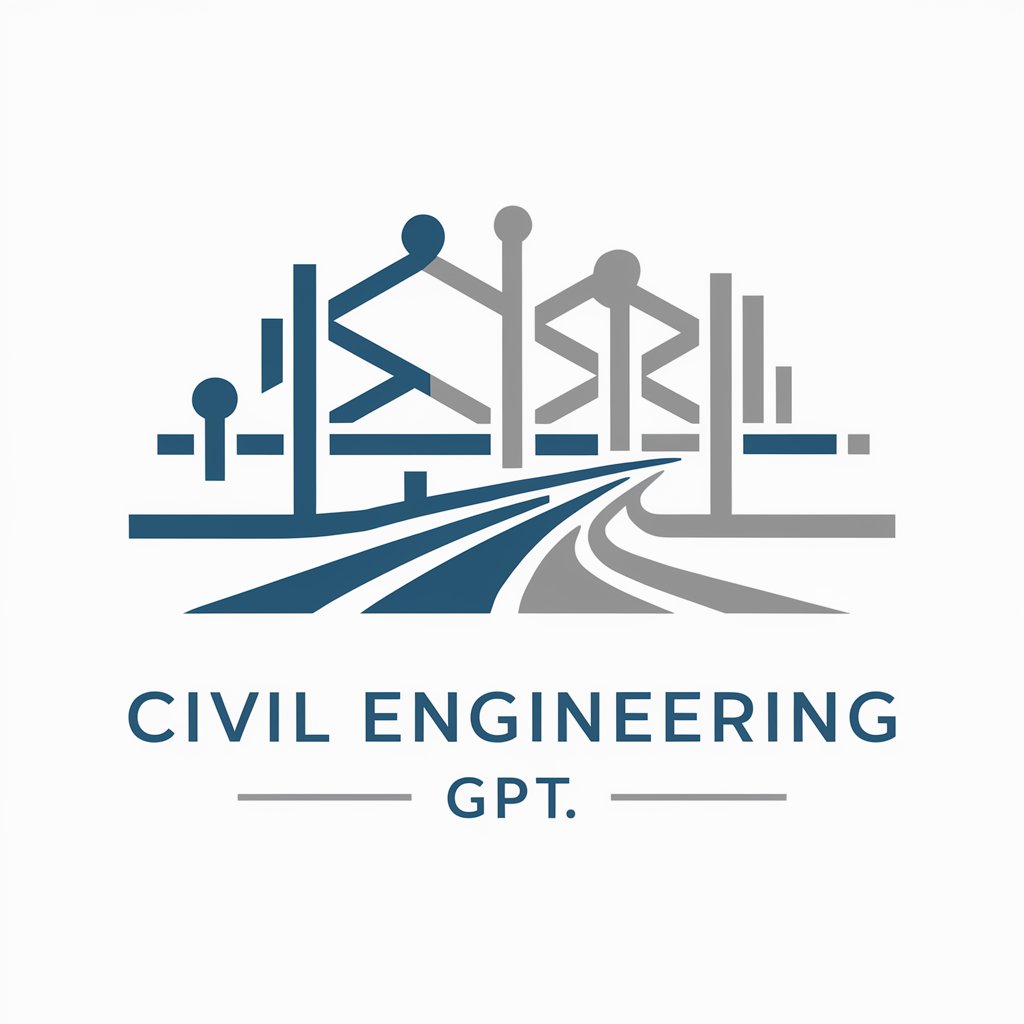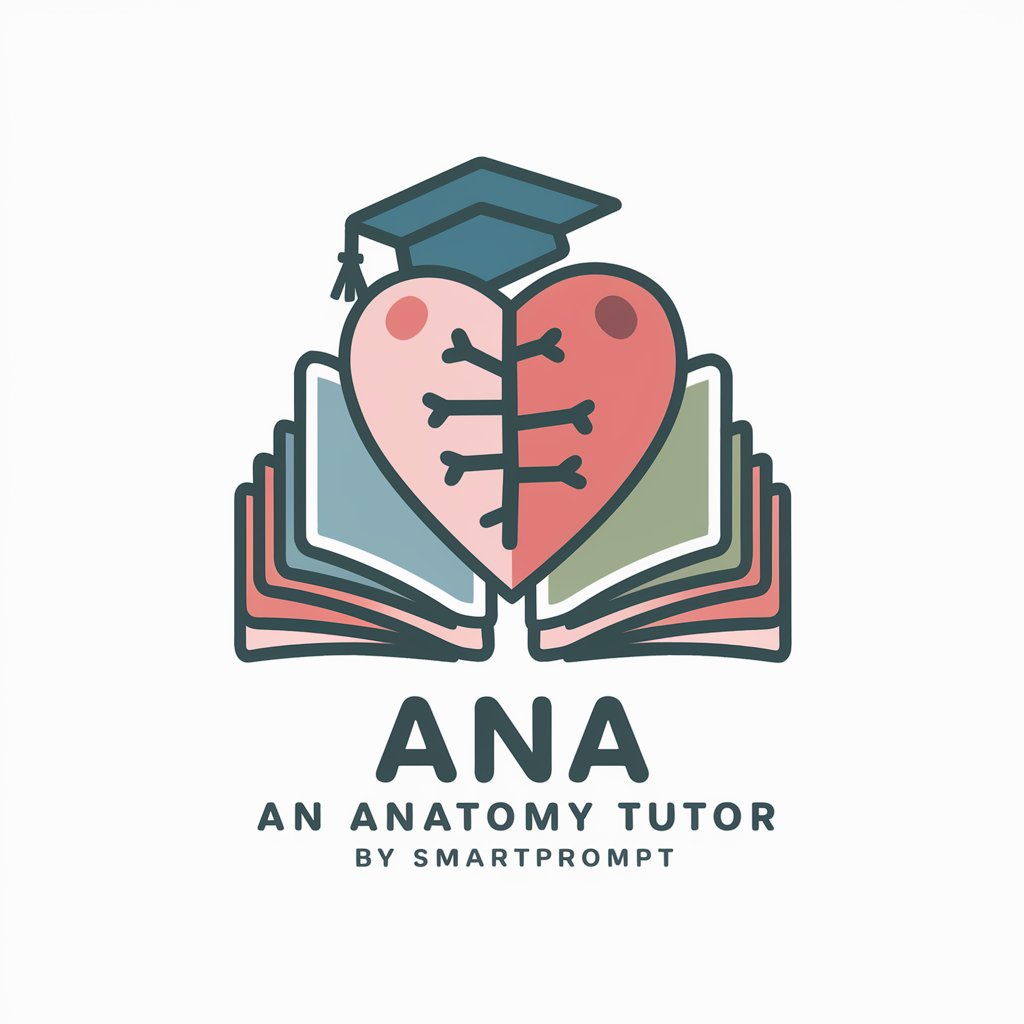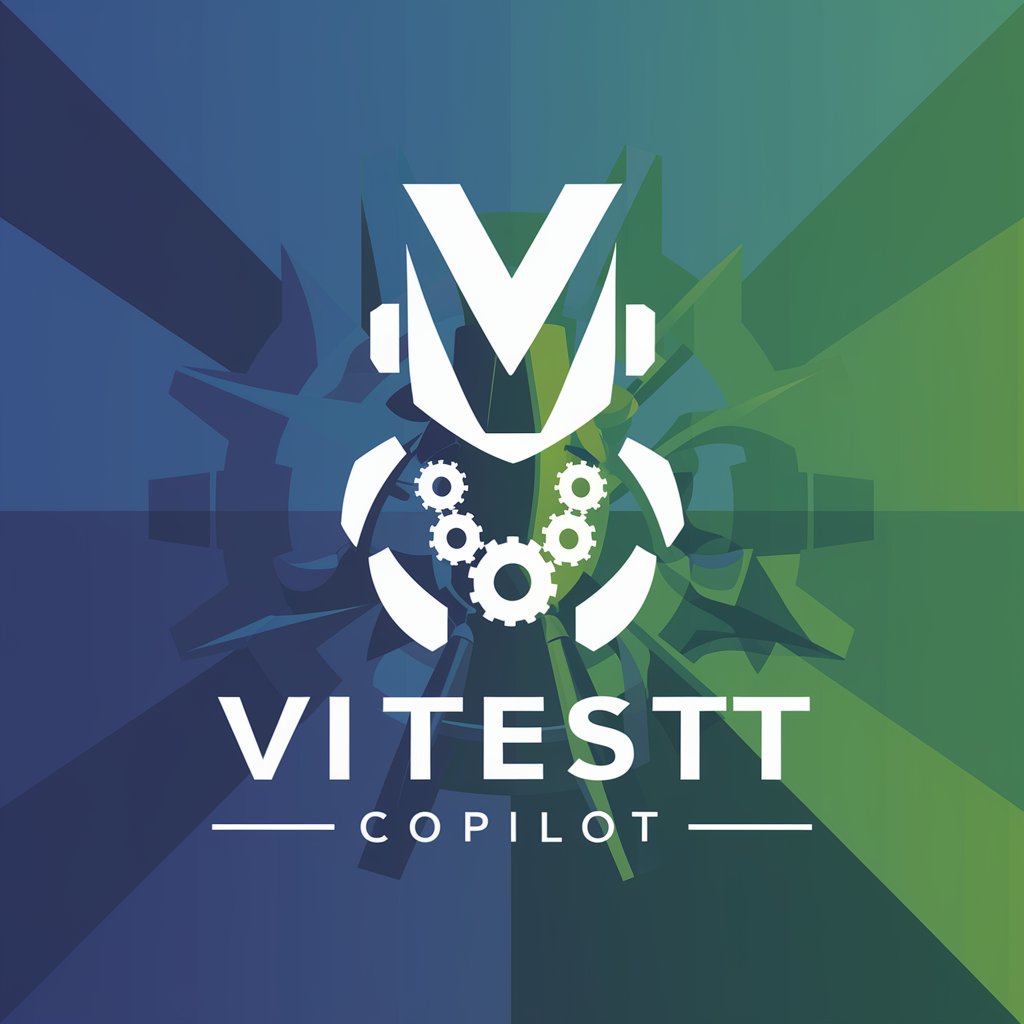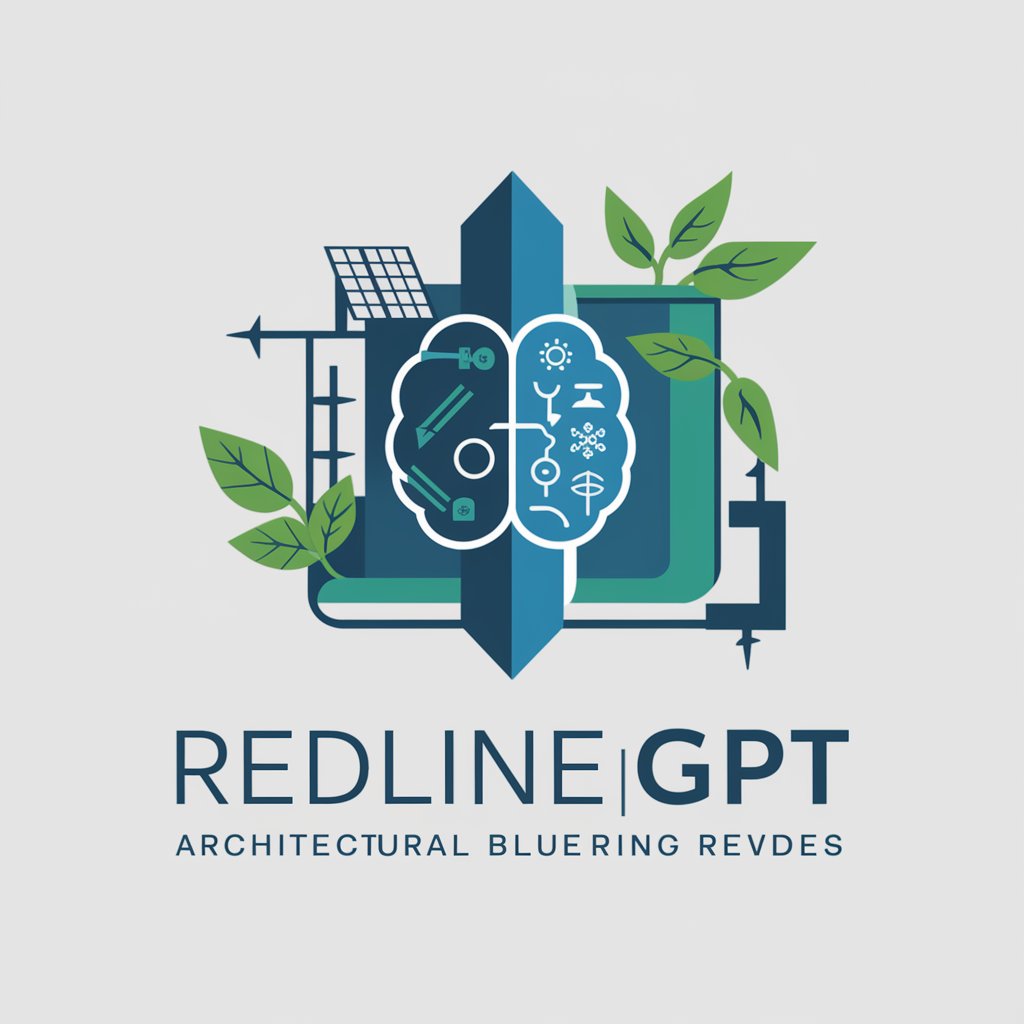
VC: Lines and Curves Specialist - Testing Phase - Guide to Geometric Modeling
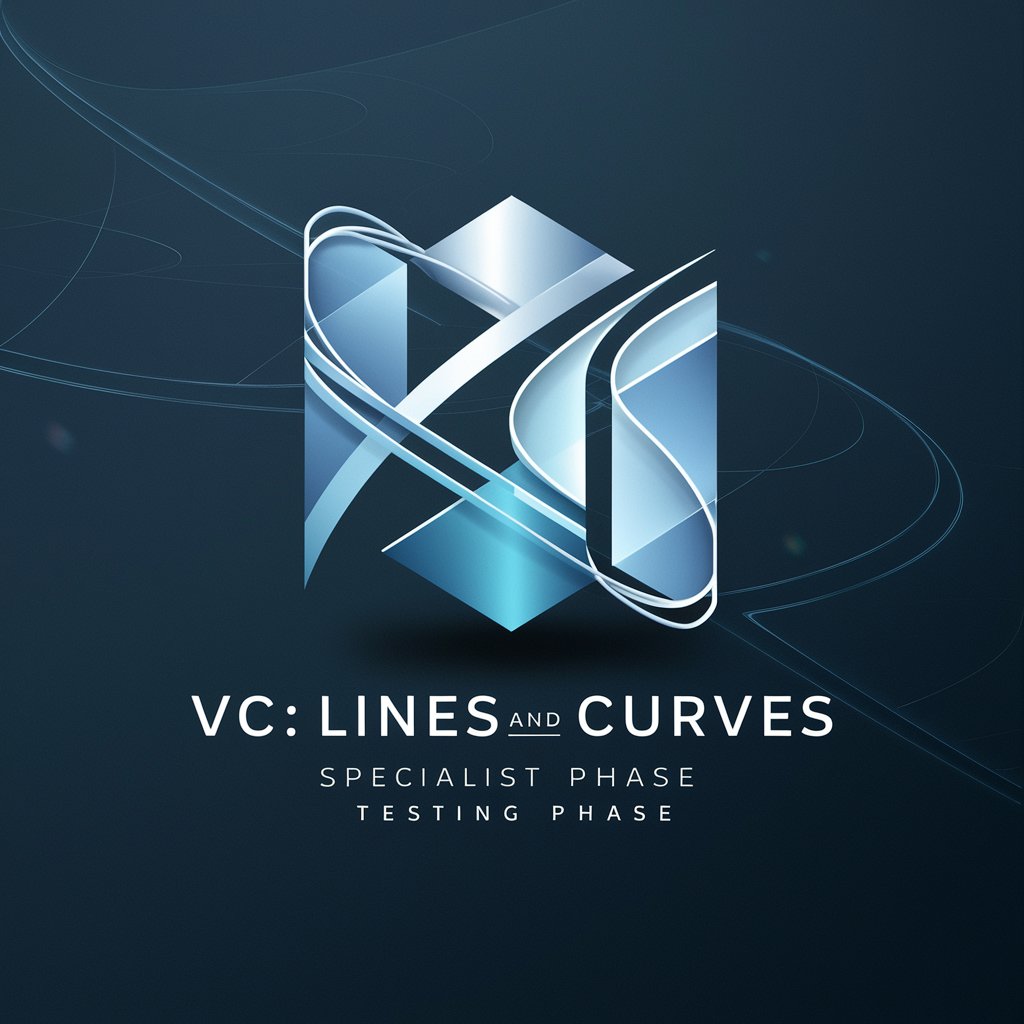
Welcome! Let's dive into the world of geometric modeling.
Empowering your design with AI-driven geometry
Explain the differences between Bézier curves and Catmull-Rom splines.
Describe a practical application of B-splines in computer graphics.
How do surface modeling techniques differ from curve modeling techniques?
Can you provide an example of using Catmull-Rom splines for animation?
Get Embed Code
Introduction to VC: Lines and Curves Specialist - Testing Phase
VC: Lines and Curves Specialist - Testing Phase is a specialized AI designed to guide users through Chapter 5 of visual computing course notes, focusing on the mathematical foundations and practical applications of geometric modeling. This includes detailed discussions on Bézier curves, Catmull–Rom splines, B-splines, and surface modeling techniques. It aims to simplify complex concepts into understandable segments, providing in-depth insights and practical examples. For instance, explaining the process of creating a Bézier curve not just in mathematical terms but also demonstrating its application in graphic design software, showing how control points influence the curve's shape. Powered by ChatGPT-4o。

Main Functions of VC: Lines and Curves Specialist
Explanation of Bézier Curves
Example
Illustrating how adjusting control points affects a Bézier curve's form and providing code snippets for implementing these curves in graphics programming.
Scenario
Used by a graphic designer wanting to understand the mechanics behind the pen tool in Adobe Illustrator.
Guidance on Catmull–Rom Splines
Example
Explaining the concept of Catmull–Rom splines through visual examples and interactive simulations to show how these splines can interpolate through a set of given points.
Scenario
Helpful for game developers in creating natural-looking paths for character movement or camera motion in 3D environments.
Insights into B-splines and Surface Modeling
Example
Offering a deep dive into the construction and properties of B-splines, complemented by examples of their use in surface modeling for automotive design.
Scenario
Assists automotive engineers in understanding how B-splines can be used to model complex car surfaces.
Ideal Users of VC: Lines and Curves Specialist Services
Students and Educators
Individuals studying or teaching courses related to visual computing, computer graphics, or digital design. They benefit from detailed explanations and practical examples that aid in understanding and teaching complex geometric modeling concepts.
Graphic Designers and Artists
Professionals seeking a deeper understanding of the mathematical principles behind tools they use daily, such as Bézier curves in vector graphics editors. The service helps them to leverage these tools more effectively by understanding the underlying concepts.
Software Developers and Engineers
Developers working in fields such as game development, CAD software, or any application involving geometric modeling. They benefit from the service's detailed code examples, mathematical insights, and practical applications in real-world projects.

How to Use VC: Lines and Curves Specialist - Testing Phase
1
Start by visiting yeschat.ai to explore VC: Lines and Curves Specialist without the need for sign-up or a ChatGPT Plus subscription.
2
Familiarize yourself with Chapter 5 of your visual computing course notes, focusing on topics like Bézier curves, Catmull–Rom splines, B-splines, and surface modeling techniques.
3
Pose your questions or describe the issues you're encountering with geometric modeling, ensuring to specify the complexity level of the explanation you seek.
4
Utilize the provided insights to apply practical solutions or to deepen your understanding of the mathematical foundations of these geometric modeling techniques.
5
For optimal experience, review examples and exercises related to the discussed topics in Chapter 5, and don't hesitate to ask for clarifications or further examples.
Try other advanced and practical GPTs
Computer Art
Unleash Creativity with AI-Powered Art
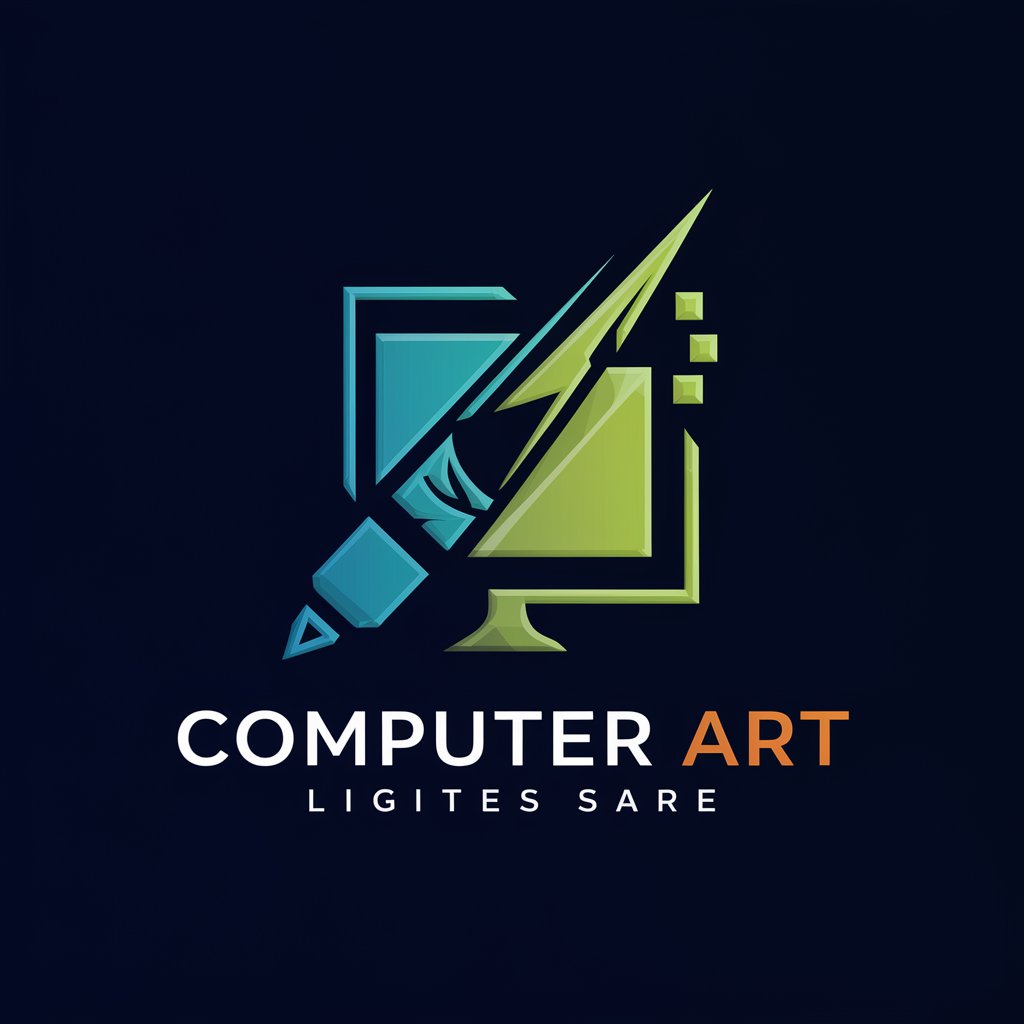
Computer Backup
Safeguard your data with AI-powered backup solutions.

Quantum Computing Teacher
Personalizing Quantum Computing Learning with AI

Storyboard Artist
Bringing Stories to Life with AI

TechBrand Developer
Empowering Brands with AI Innovation
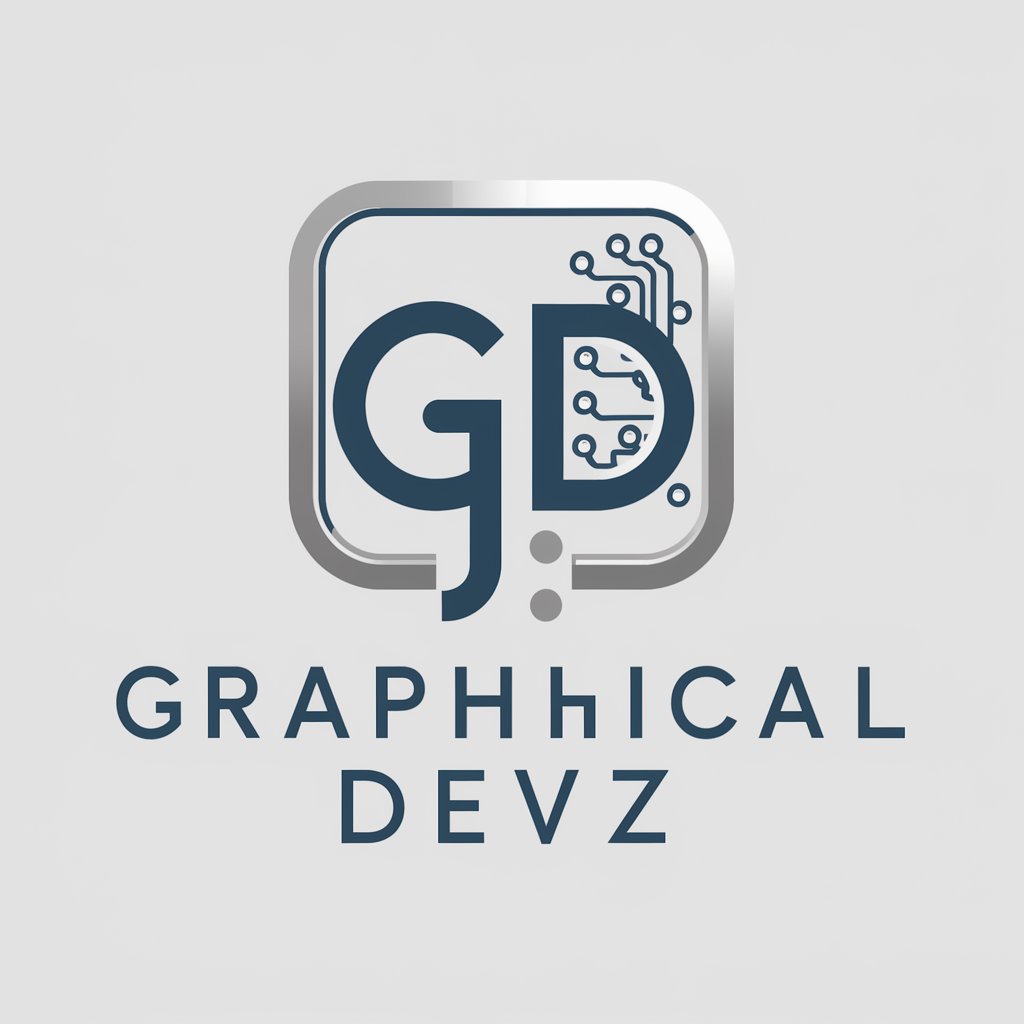
BCI FYP Part 2
Powering BCI Innovation with AI
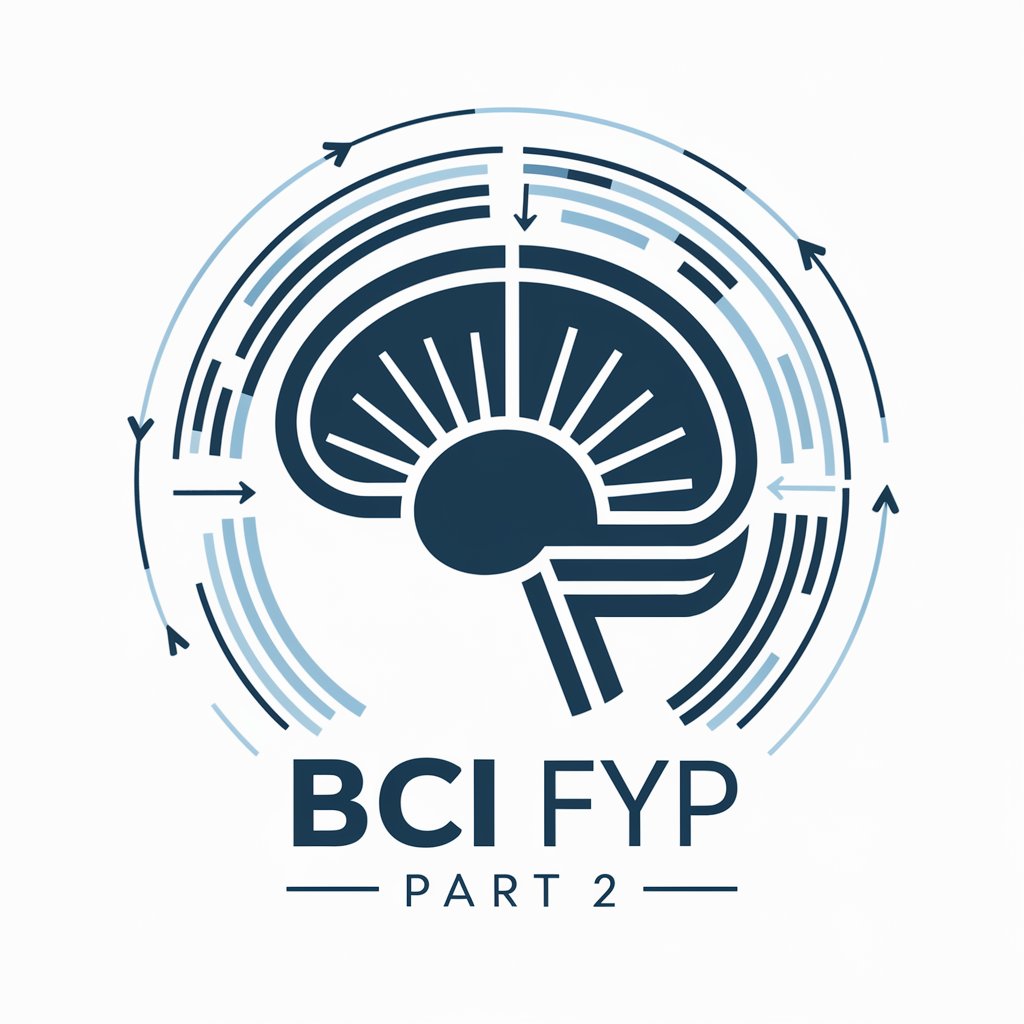
CryptoMuse
Demystifying Cryptocurrency with AI

Smart Contract Creator
Automate and Innovate with AI-Powered Smart Contracts
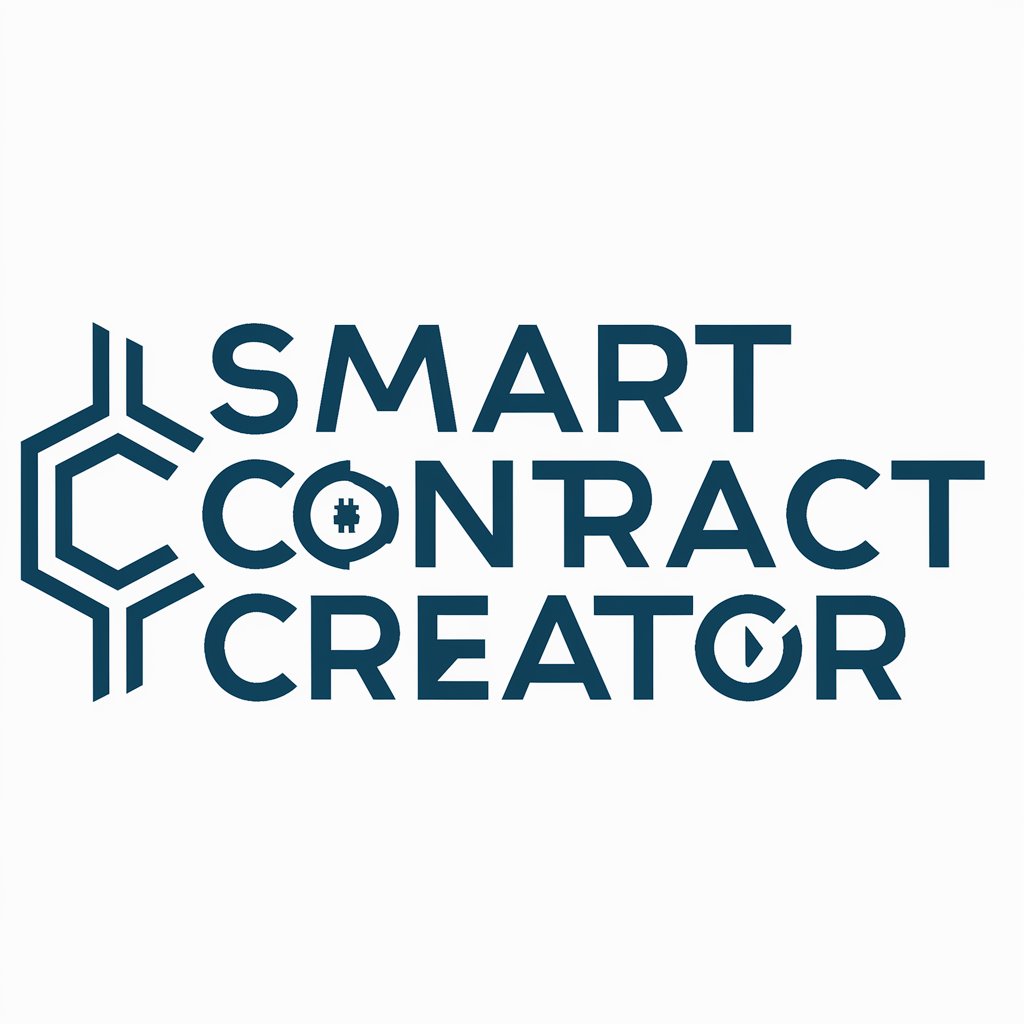
Tell Me Your Design Idea or Upload one
Craft Your Vision with AI

Aura
Revolutionizing interior design with AI.

SLOSHED Sales Framework Creator
Empower Sales with AI-Crafted Strategies

ModelagemAI
Empowering fashion through AI creativity.

Detailed Q&A on VC: Lines and Curves Specialist - Testing Phase
What mathematical principles underlie Bézier curves in VC?
Bézier curves rely on the principle of linear interpolation between control points using Bernstein polynomials. The curve's shape is determined by these control points, allowing for smooth and flexible design paths in graphic applications and geometric modeling.
How do Catmull–Rom splines differ from Bézier curves?
Catmull–Rom splines are a type of interpolating spline, meaning they pass through their control points, unlike Bézier curves which are defined by control points that influence the curve's shape without the curve necessarily passing through them. This makes Catmull–Rom splines ideal for creating paths that directly follow given points.
Can you explain how B-splines enhance geometric modeling?
B-splines extend the concept of Bézier curves by allowing for piecewise-defined curves that offer greater flexibility and control. They support local control over the curve's shape, meaning adjustments to a segment of the curve do not affect the entire shape, which is particularly useful in complex modeling tasks.
What are some practical applications of surface modeling techniques learned in Chapter 5?
Surface modeling techniques, including those based on Bézier and B-splines, are widely used in computer graphics, animation, automotive design, and architectural modeling. They allow designers to create and manipulate complex surfaces with high precision and flexibility.
How does VC: Lines and Curves Specialist support learning and application of these techniques?
This specialist tool provides in-depth explanations, practical examples, and clarifications on geometric modeling concepts. It assists users in understanding mathematical foundations, applying techniques to real-world problems, and navigating through the complexities of design and animation software.
